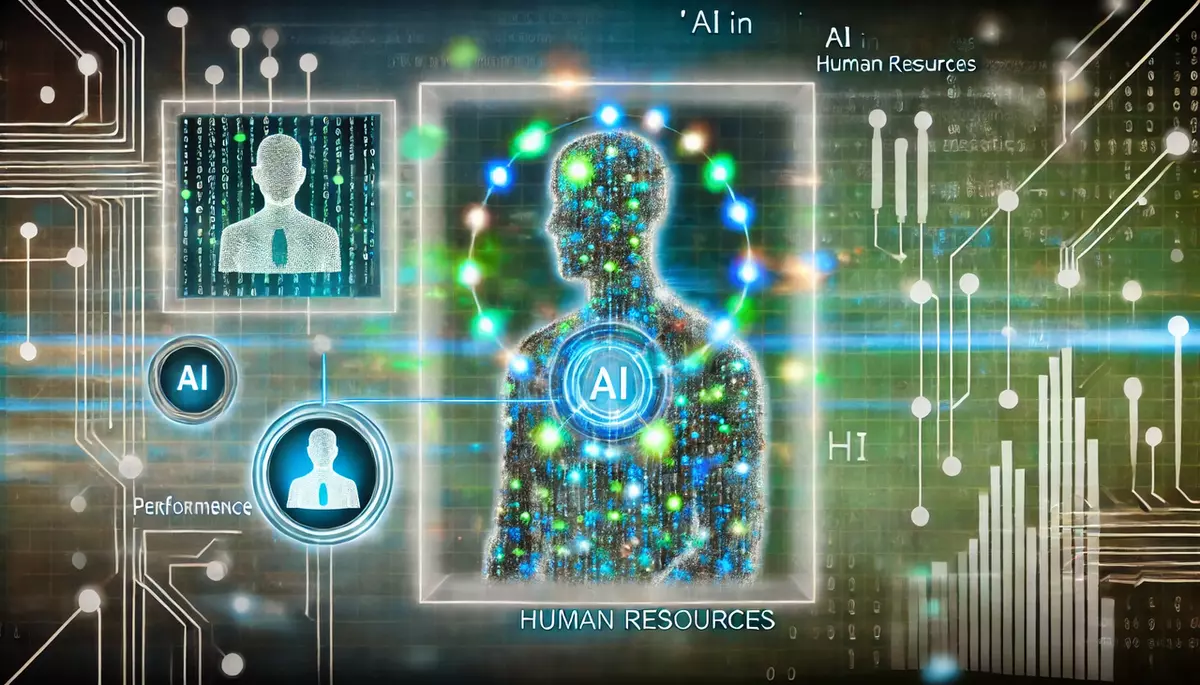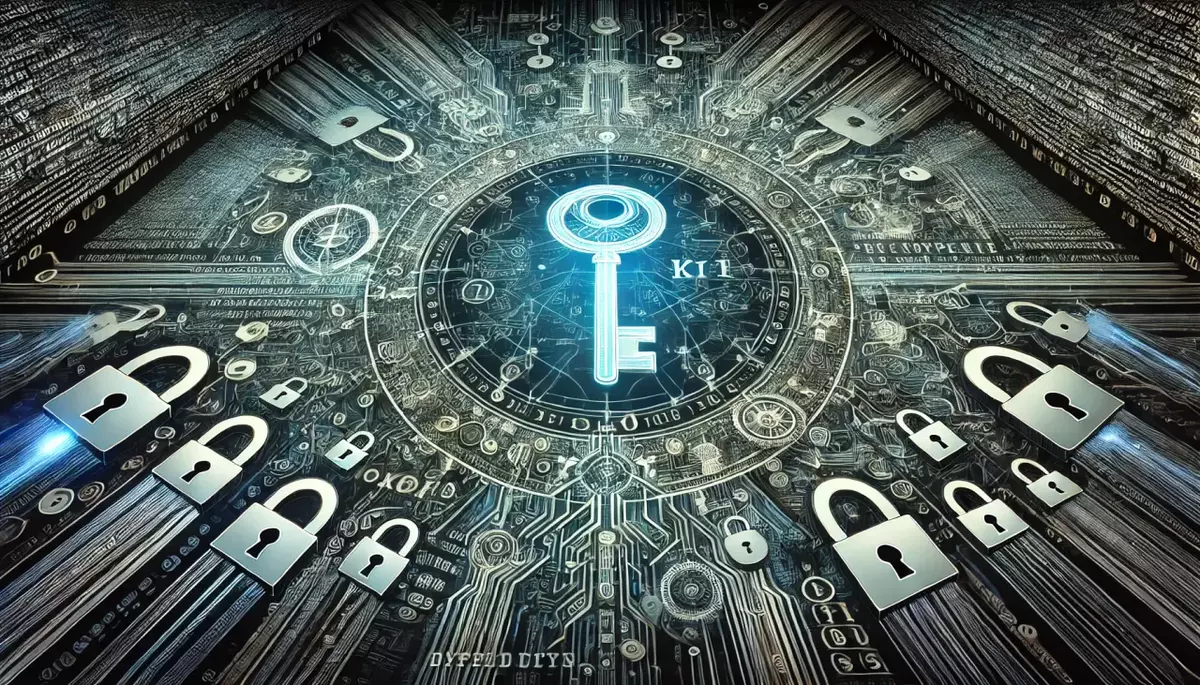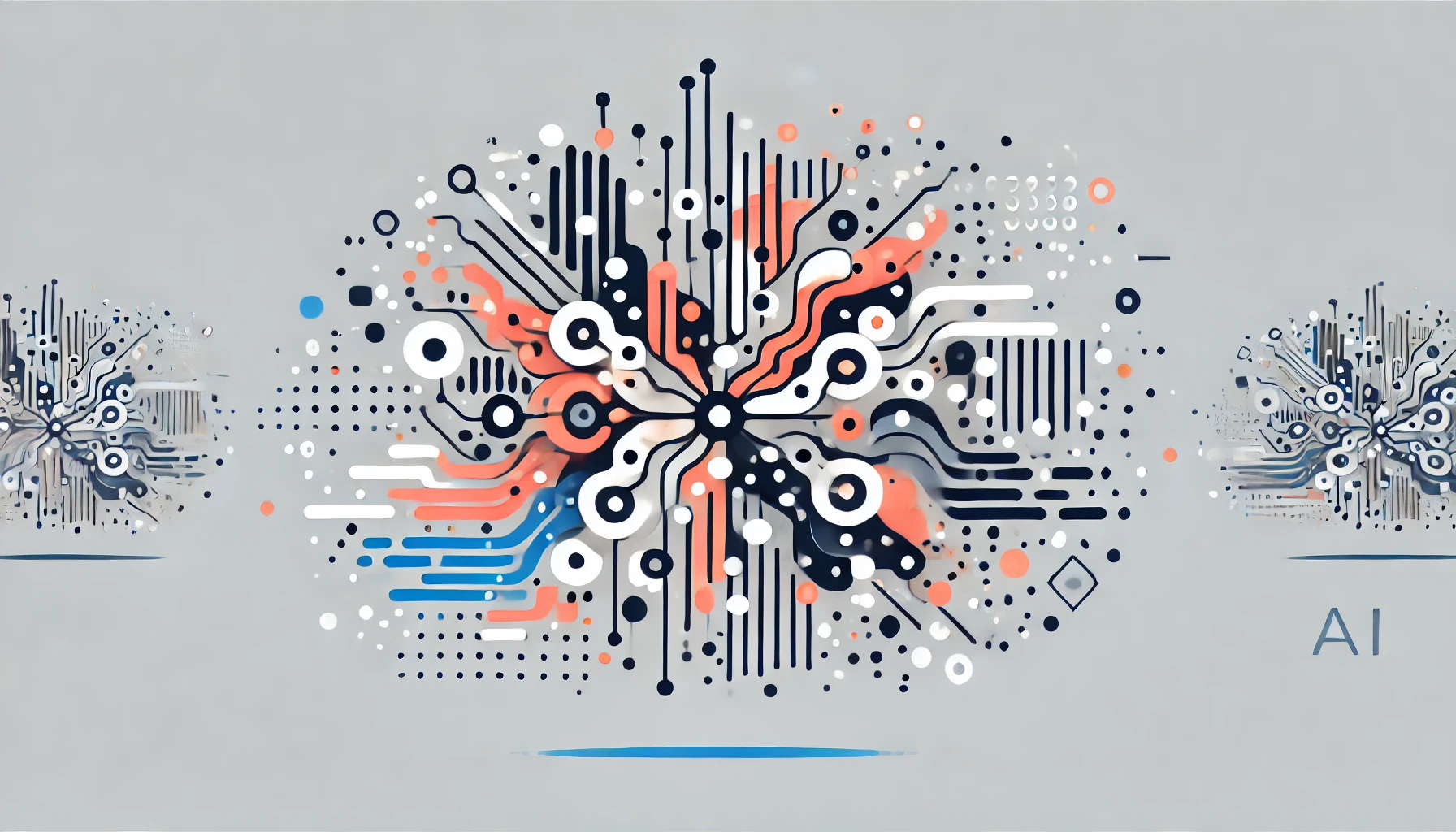Introduction
Distributed Ledger Technology (DLT) is a revolutionary approach to data management and record-keeping that has the potential to transform various industries. Unlike traditional centralized databases, DLT utilizes a decentralized network of computers to maintain and update a shared, tamper-resistant digital ledger of transactions or data.
What is Distributed Ledger Technology?
Distributed Ledger Technology (DLT) is a type of digital database that is spread across multiple sites, countries, or institutions, and is typically managed by a peer-to-peer network rather than a central authority. The key characteristics of DLT include:
Decentralization
DLT systems do not have a single point of control or failure, as the data is replicated and stored across multiple nodes in the network. This decentralized structure enhances the system’s resilience and security.
Transparency
The distributed nature of DLT allows for a transparent and auditable record of all transactions or data changes, as each node in the network maintains a copy of the ledger.
Immutability
Once a transaction or data entry is recorded in the distributed ledger, it becomes extremely difficult to modify or delete, ensuring the integrity of the data.
How Does Distributed Ledger Technology Work?
The core mechanism of DLT involves the following key steps:
Transaction Initiation
A user or entity initiates a transaction or data entry, which is then broadcasted to the peer-to-peer network.
Transaction Validation
The network of nodes, known as validators or miners, verifies the validity of the transaction or data entry using a consensus protocol, such as Proof of Work or Proof of Stake.
Transaction Recording
Once the transaction or data entry is validated, it is added to the distributed ledger, and the updated ledger is replicated across all the nodes in the network.
Applications of Distributed Ledger Technology
Distributed Ledger Technology has a wide range of applications across various industries:
Financial Services
- Cryptocurrency and digital payments
- Cross-border money transfers
- Trade finance and supply chain management
Supply Chain Management
- Tracking and tracing of goods
- Improved transparency and efficiency
- Reduced fraud and counterfeiting
Healthcare
- Secure and decentralized medical records
- Pharmaceutical supply chain management
- Clinical trial data management
Energy
- Peer-to-peer energy trading
- Renewable energy certificates tracking
- Grid management and optimization
Governance
- Secure and transparent voting systems
- Land registry and property ownership records
- Identity management and verification
Challenges and Limitations of Distributed Ledger Technology
While DLT offers numerous benefits, it also faces several challenges and limitations:
Scalability
The decentralized nature of DLT can lead to performance and scalability issues, particularly for systems with high transaction volumes.
Regulatory Uncertainty
The rapidly evolving DLT landscape often outpaces regulatory frameworks, leading to uncertainty and potential legal and compliance issues.
Energy Consumption
Some DLT protocols, such as Proof of Work, can be energy-intensive, raising concerns about their environmental impact.
Interoperability
The lack of standardization and interoperability between different DLT platforms can hinder widespread adoption and integration.
Future of Distributed Ledger Technology
The future of Distributed Ledger Technology holds great promise, with ongoing advancements and innovations in the field:
Scalability Improvements
Researchers and developers are exploring various solutions, such as sharding, layer-2 scaling, and consensus protocol enhancements, to address the scalability challenges of DLT.
Regulatory Frameworks
Governments and regulatory bodies are working to establish clear guidelines and policies to foster the responsible development and adoption of DLT.
Interoperability Standards
Industry collaborations and initiatives are emerging to develop common standards and protocols to enable seamless integration and interoperability between different DLT platforms.
Emerging Use Cases
As DLT continues to evolve, new and innovative applications are expected to emerge in areas such as decentralized finance, digital identity, supply chain traceability, and more.
Conclusion
Distributed Ledger Technology represents a transformative shift in the way we manage and secure digital data and transactions. By leveraging the principles of decentralization, transparency, and immutability, DLT has the potential to revolutionize various industries and create new opportunities for innovation and efficiency. As the technology continues to mature and overcome its current challenges, the future of DLT looks increasingly promising.
This knowledge base article is provided by Fabled Sky Research, a company dedicated to exploring and disseminating information on cutting-edge technologies. For more information, please visit our website at https://fabledsky.com/.
References
- Drescher, Daniel. Blockchain Basics: A Non-Technical Introduction in 25 Steps. Apress, 2017.
- Narayanan, Arvind, et al. Bitcoin and Cryptocurrency Technologies: A Comprehensive Introduction. Princeton University Press, 2016.
- Swan, Melanie. Blockchain: Blueprint for a New Economy. O’Reilly Media, 2015.
- Bashir, Imran. Mastering Blockchain: Distributed Ledger Technology, Decentralization, and Smart Contracts Explained. Packt Publishing, 2017.
- Tapscott, Don, and Alex Tapscott. Blockchain Revolution: How the Technology Behind Bitcoin Is Changing Money, Business, and the World. Penguin, 2016.


























